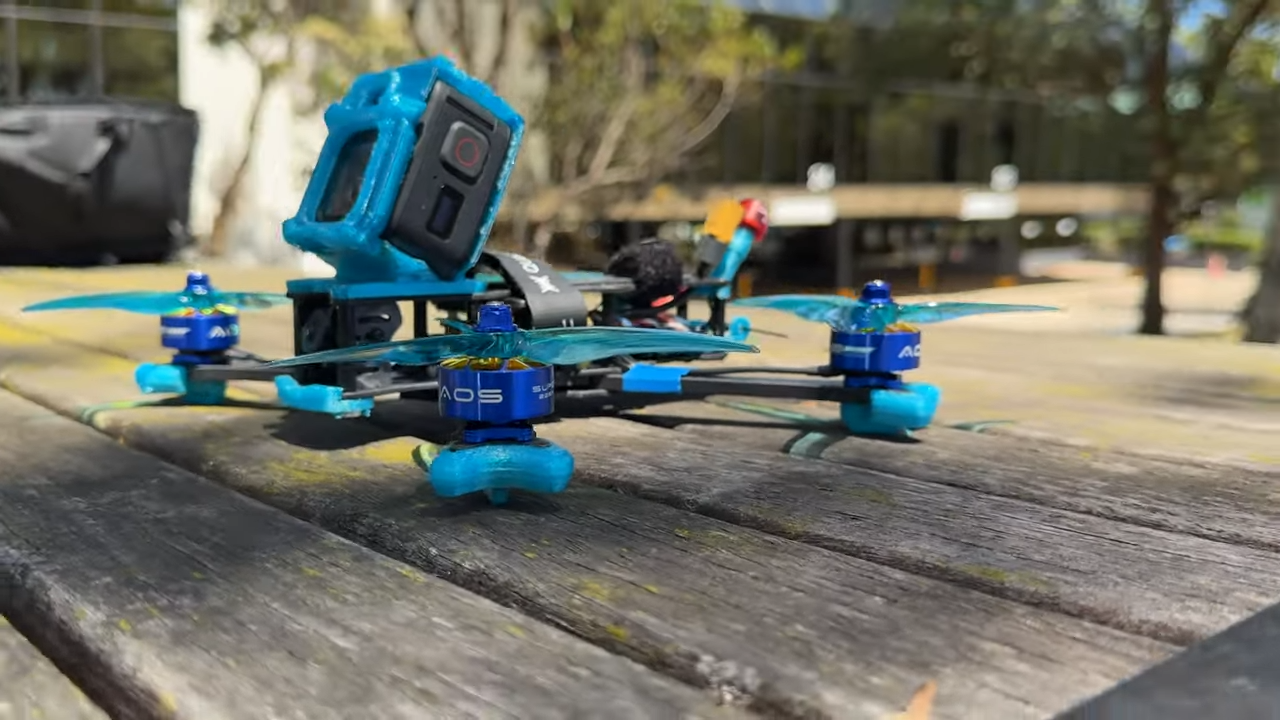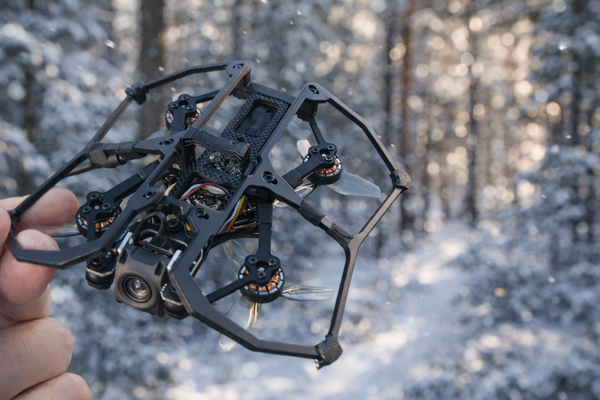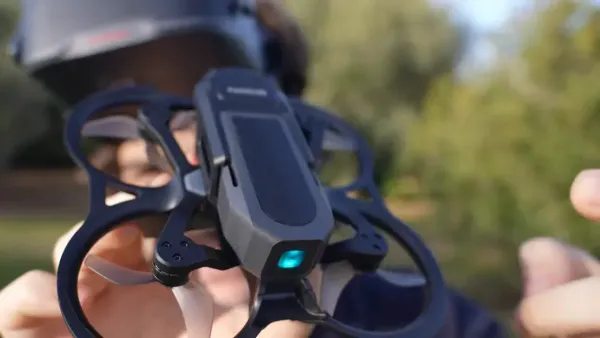The FPV community has been buzzing about the AOS Supernova motors designed by Chris Rosser, and Darren Allat recently added fuel to the fire with a video scrutinizing these motors. Let's dig into Darren's arguments and explore some unanswered questions.
The Evolution of Chris Rosser: From Community Contributor to Business Owner
Chris Rosser, previously seen as a 'good guy' who was merely contributing to the FPV community, has transitioned into a full-fledged business entrepreneur. While there's nothing inherently wrong with that, it does subject him to the same level of scrutiny anyone would apply to a commercial enterprise.
The Supernova Enigma: Is It a 2207 or a 2308?
Darren's measurements suggest that these motors are closer to a 2308 than a 2207. Chris, however, labels them as "2207 Class." This brings us to several compelling points:
The Engineering Conundrum
- Thrust, Torque, and Efficiency: According to Chris, Supernova motors are superior to the average 2207s in these metrics. But it’s a no-brainer that a 2308 would naturally outperform a 2207. That’s like comparing a sports car to a sedan and then being surprised when the sports car wins.
- Terminological Trickery: It's a bit disingenuous to call a motor that leans towards a 2308 specification a "2207 class," especially in a field that values scientific integrity.

Marketing Versus Integrity: A Fine Line
Chris Rosser has built a reputation for an engineering-based approach to FPV. Darren points out that using this privileged information to create a competing product raises questions of integrity. One has to wonder where the line is drawn between fair competition and ethical dilemma.
Why Not Just Say 2308?
This is where I chime in. If the motors are essentially 2308, why not just call them that? Is it because admitting their true size would render Chris's motors just another fish in the sea of 2308s? After all, why pay $29 for a motor whose performance edge might simply be due to its stator size? Some argue that most pilots search for 2207 motors, so this is maybe why Chris decided to brand them as 2207 class motors, to enable pilots would still see and consider the AOS Supernova motors.

Reading Between the Lines
Darren is cautious in stating that his measurements aren’t 100% accurate. However, if manufacturers are given the leeway to fudge their specs, then one could argue that critics like Darren should be allowed the same courtesy.
Further Community Reactions: A Spirited Debate
Darren Allat's video criticizing the AOS Supernova motors has stirred up a lively discussion among FPV enthusiasts. Let's dive into some of the comments that add layers to the debate:
The Engineering Dilemma Revisited: Propeller Tip Speed and Efficiency Ceiling
One commenter, @danielwood3861, brings up a point about propeller tip speed. Apparently, the motors can exceed the 450mph efficiency ceiling, which is intriguing given Chris Rosser himself has emphasized the importance of this ceiling. That adds an extra layer to the question of how "efficient" these motors really are, doesn't it?
Subjective Performance: It’s Not All About the Numbers
@LukesVids26 makes an interesting argument that the advances in flight controller software mean any good motor and frame can deliver decent flight performance. That somewhat undermines the claim that Rosser’s motors offer something truly revolutionary, considering all the available tuning options.

Competitive Alternatives: Price, Weight, and Performance
@RookieRay provides a perspective from Down Under, citing other motors that offer competitive performance and better pricing. What's the point of a high-performing, expensive motor if other options offer nearly the same thrust-to-weight ratio for a lower price?
Naming Conundrum: Who Sets the Standards?
According to @noramas., Chris Rosser argued that because pilots are searching for 2207 motors, the Supernova has to be labeled that way. It's a disquieting thought, suggesting that naming conventions might be more about marketing trends than accurate specifications.
Feelings Over Facts
@MrLeeroy659 and @nikotttin argue that performance, in practice, is more about subjective experience rather than spreadsheet numbers. When you're 'bando bashing,' as they say, the feel of the motor could be more valuable than its documented efficiencies.
The Ethics of Business: A Different Perspective
Chinese saying 'They need money to eat,' as @a-max1684 points out, encapsulates the commercial pressures faced by Chris Rosser and others. Do the ends justify the means?
Is It All Science? Bias and Data
@korbendallas2604 asks a more philosophical question: Can we really remove all bias from scientific observation? And if the data shows superiority, why wouldn't you believe it?
The Critic’s Critic: Use of Time
And let’s not forget @phillip882002, who found Darren’s video to be a waste of time. Ah, the beauty of subjective opinion!

Summing It Up
As the FPV community navigates the blurry line between grassroots enthusiasm and commercial enterprise, the AOS Supernova finds itself at the intersection of engineering rigor and ethical scrutiny. So, is this motor the crème de la crème or just sugar-coated hype? Ah, the appetizing enigma of FPV: delectable questions with no easy recipes for answers. Chew on that as the motors spin and the market evolves.
Ah, the end of the scroll, but not the debate. So, what's your verdict? Is the AOS Supernova the game-changer we've been waiting for, or just a blip on the FPV radar? Weigh in below, because let's face it, this conversation is as incomplete as a quadcopter without props until you add your two cents. And hey, if you've enjoyed this analytical joyride, don't forget to hit that subscribe button for more articles that scratch your brain as well as your FPV itch. Thanks for reading!







